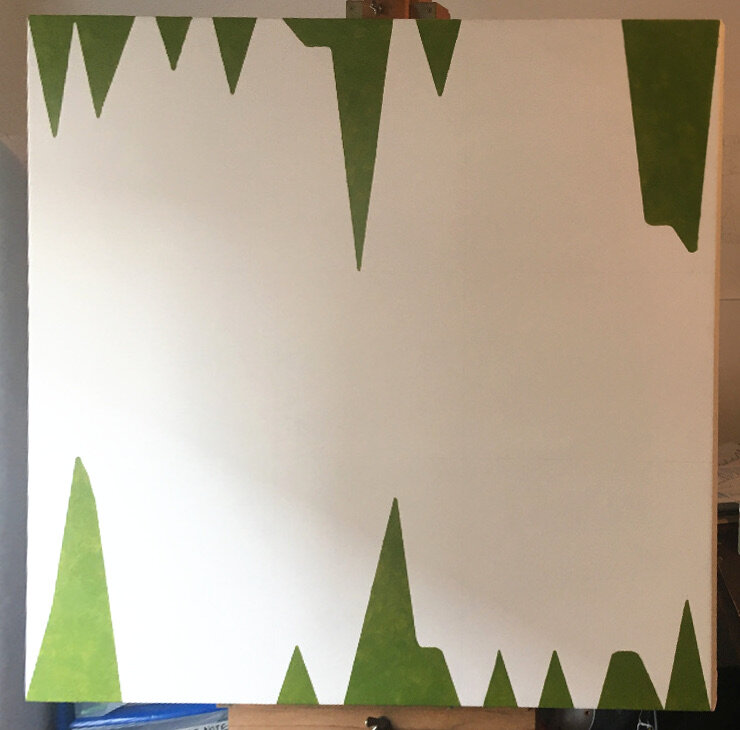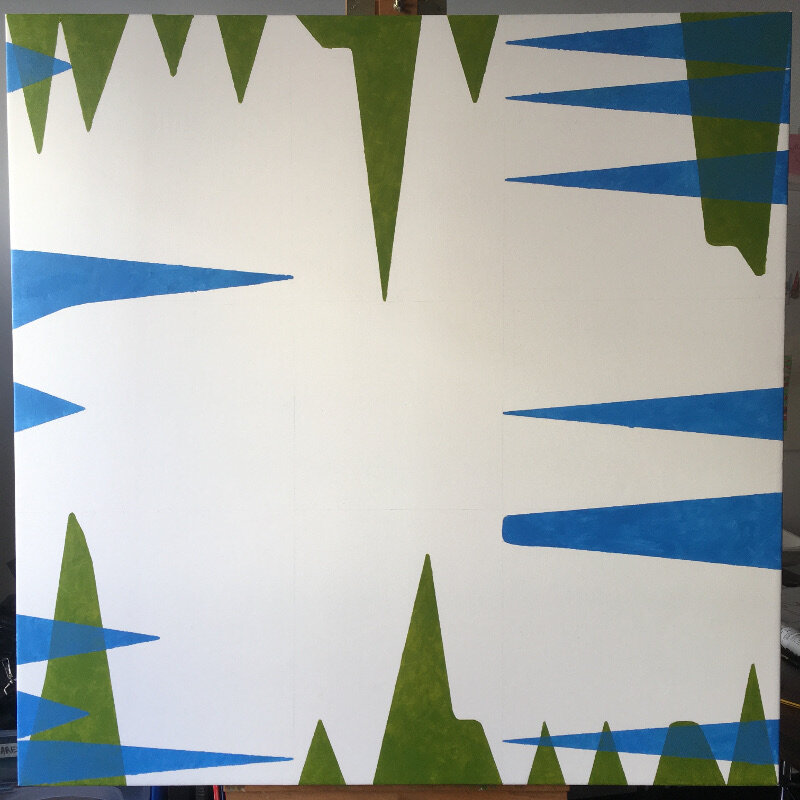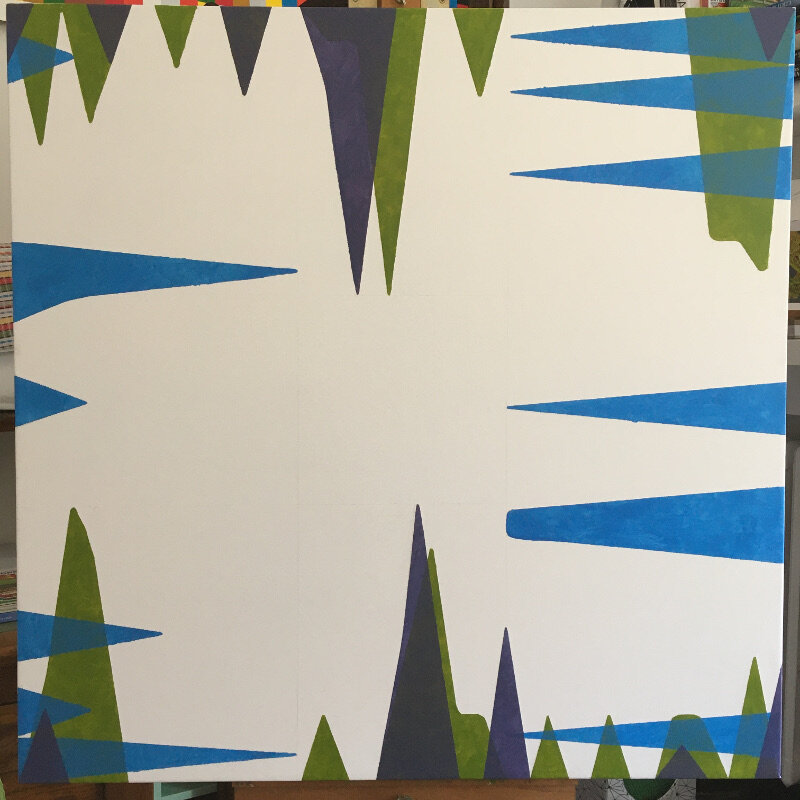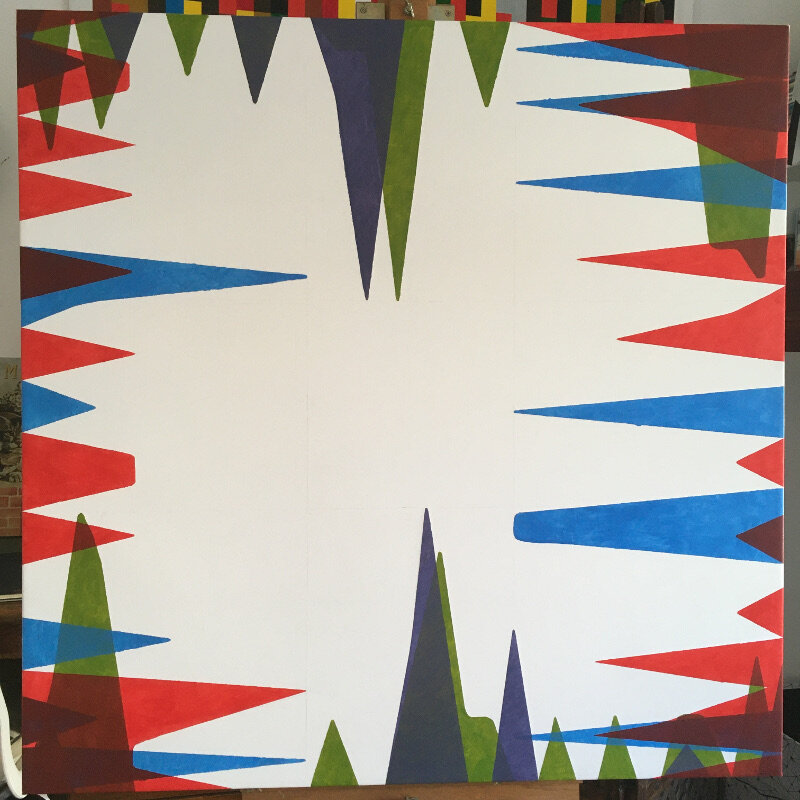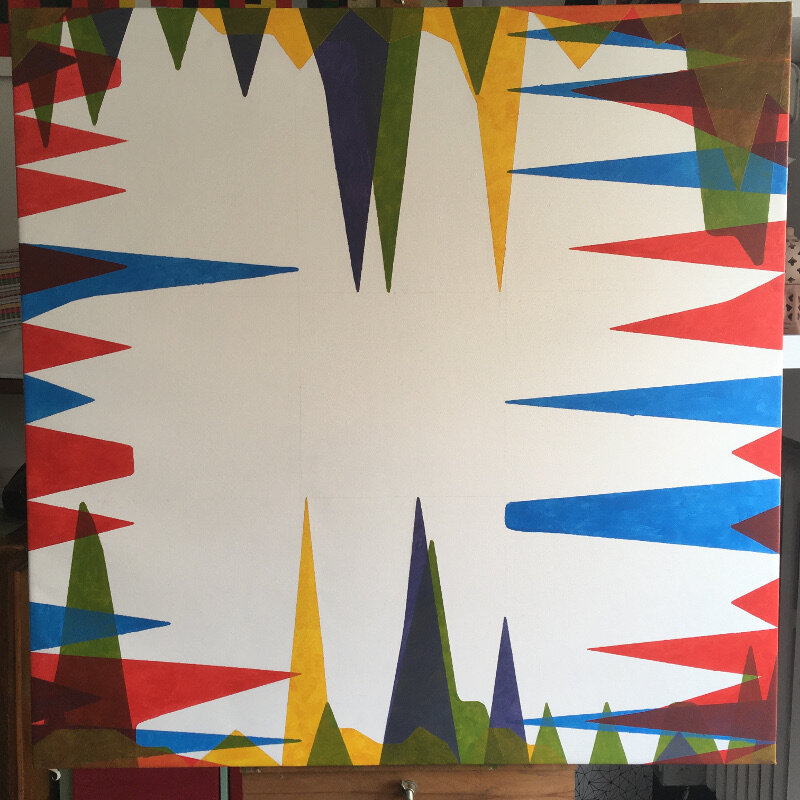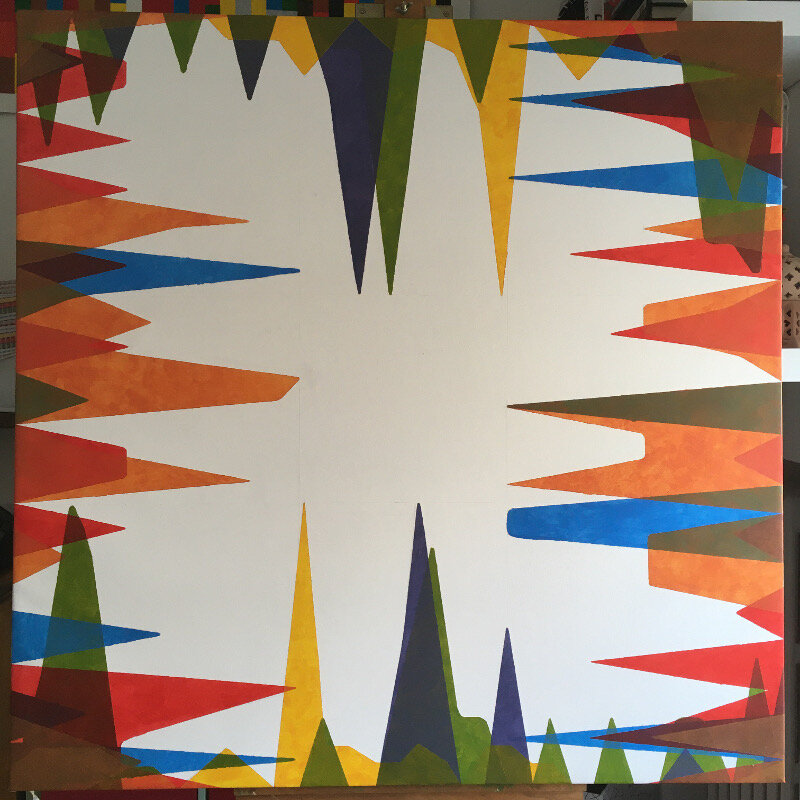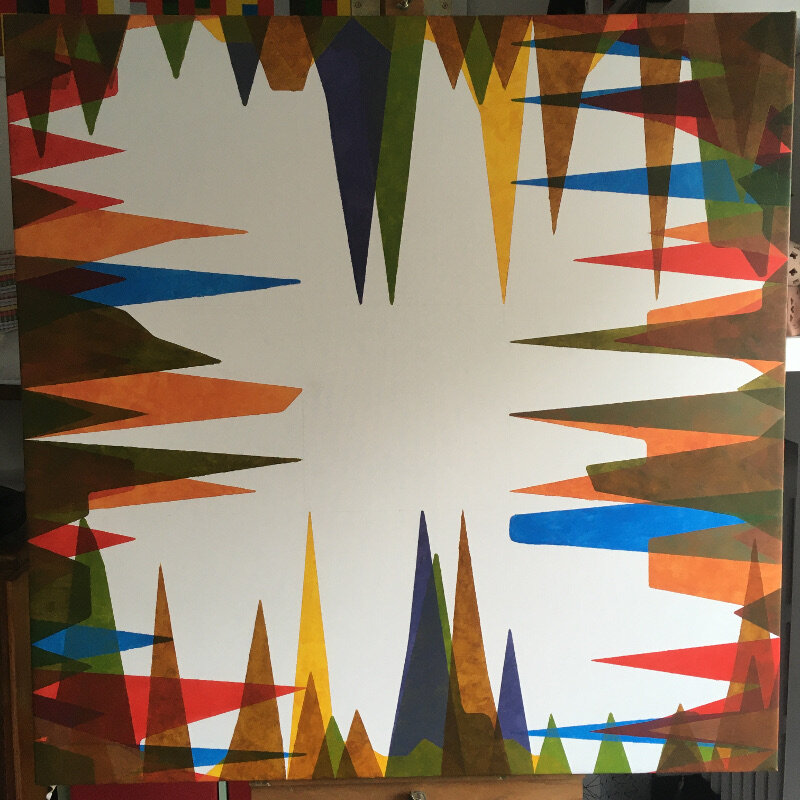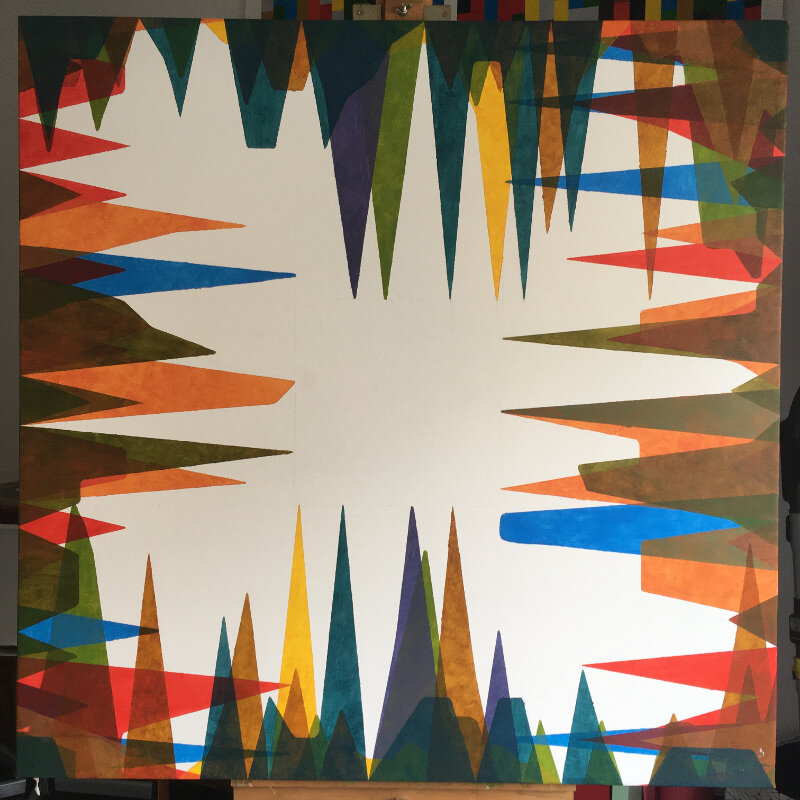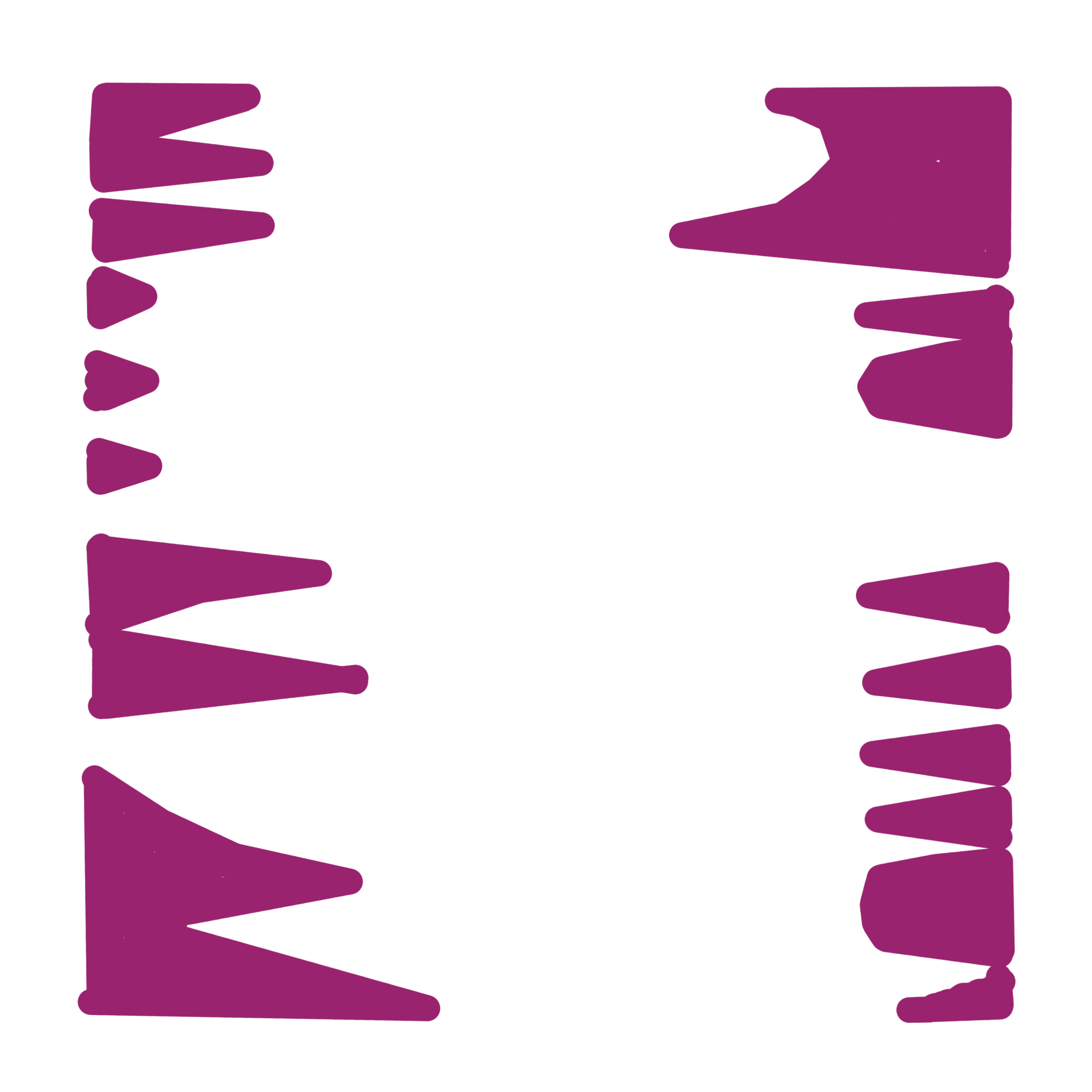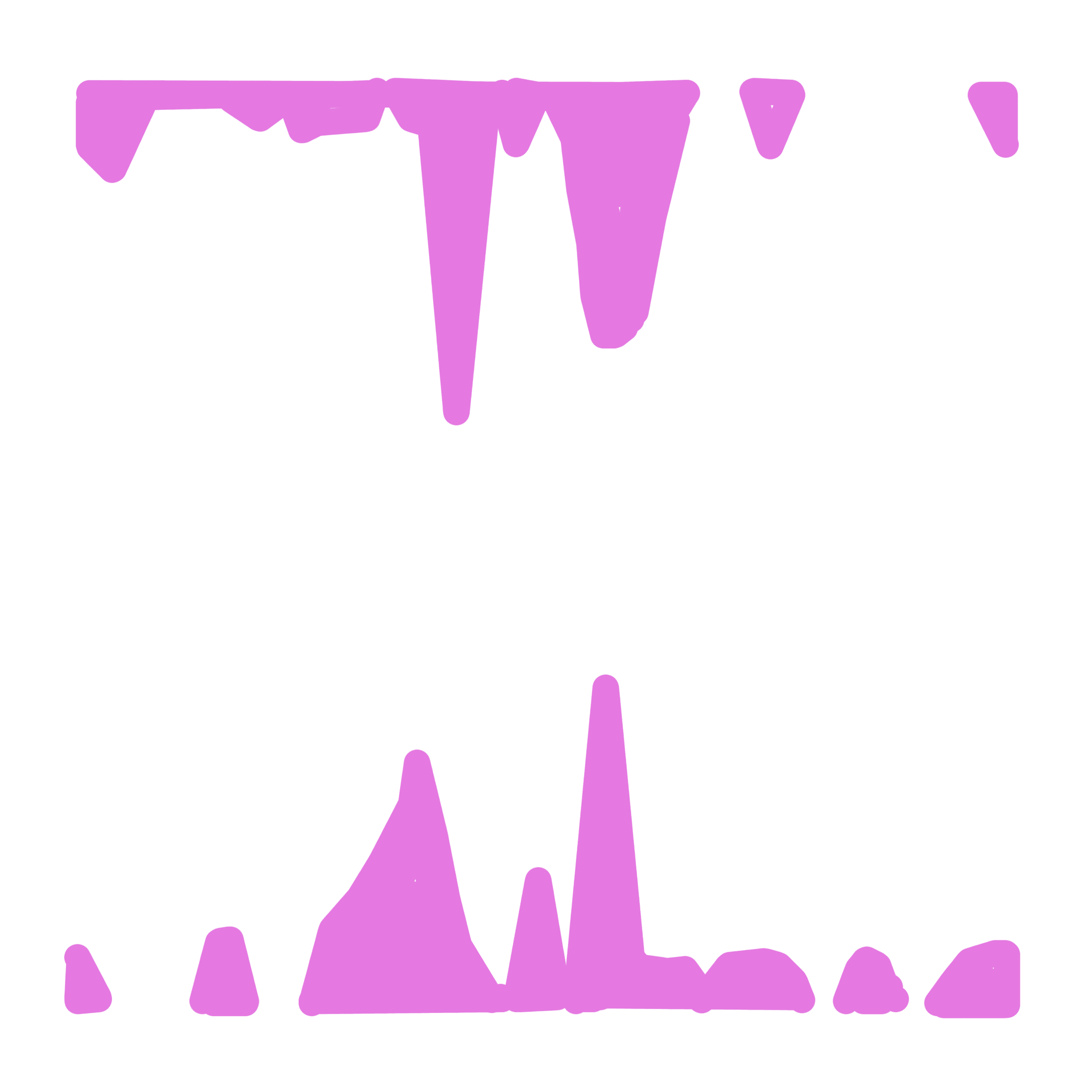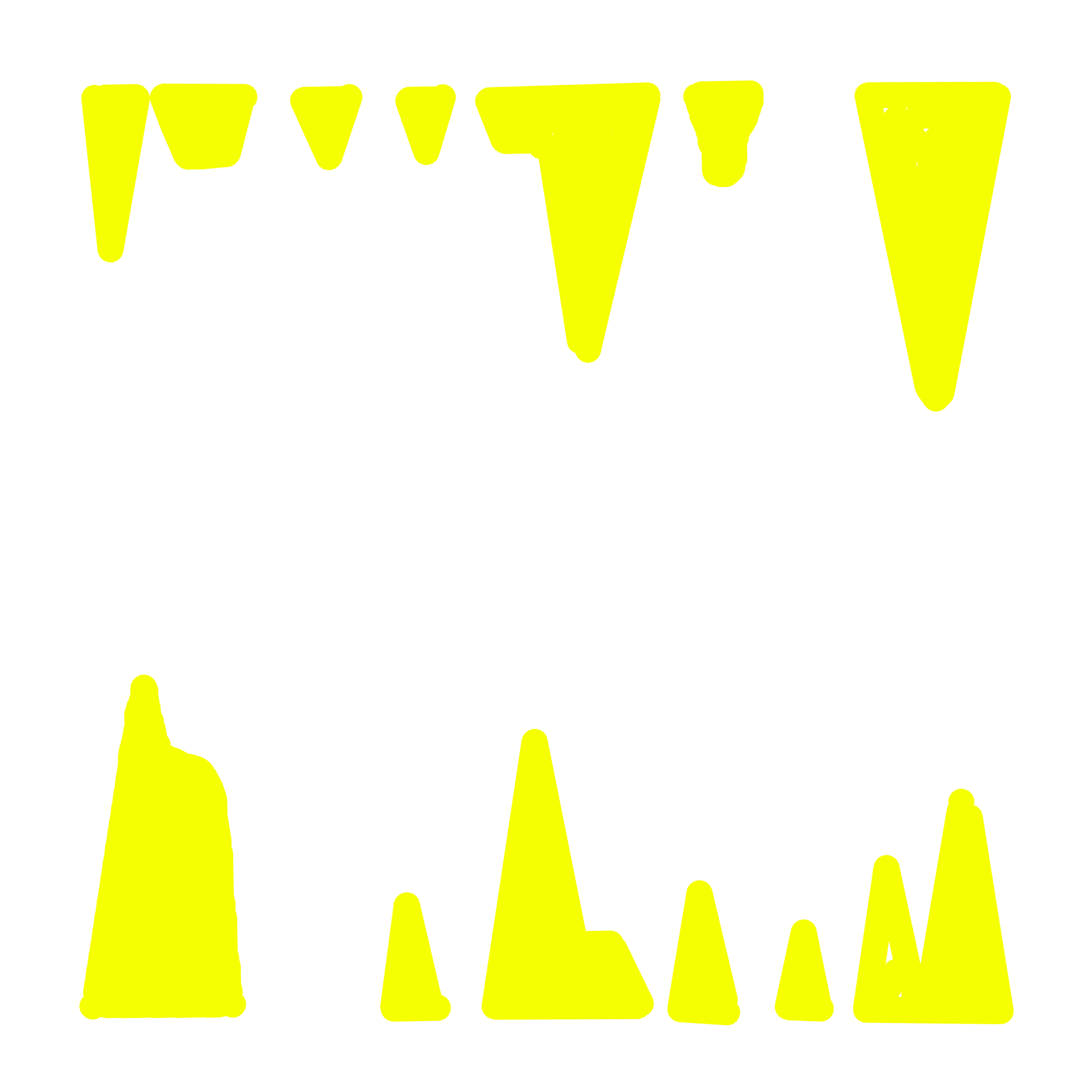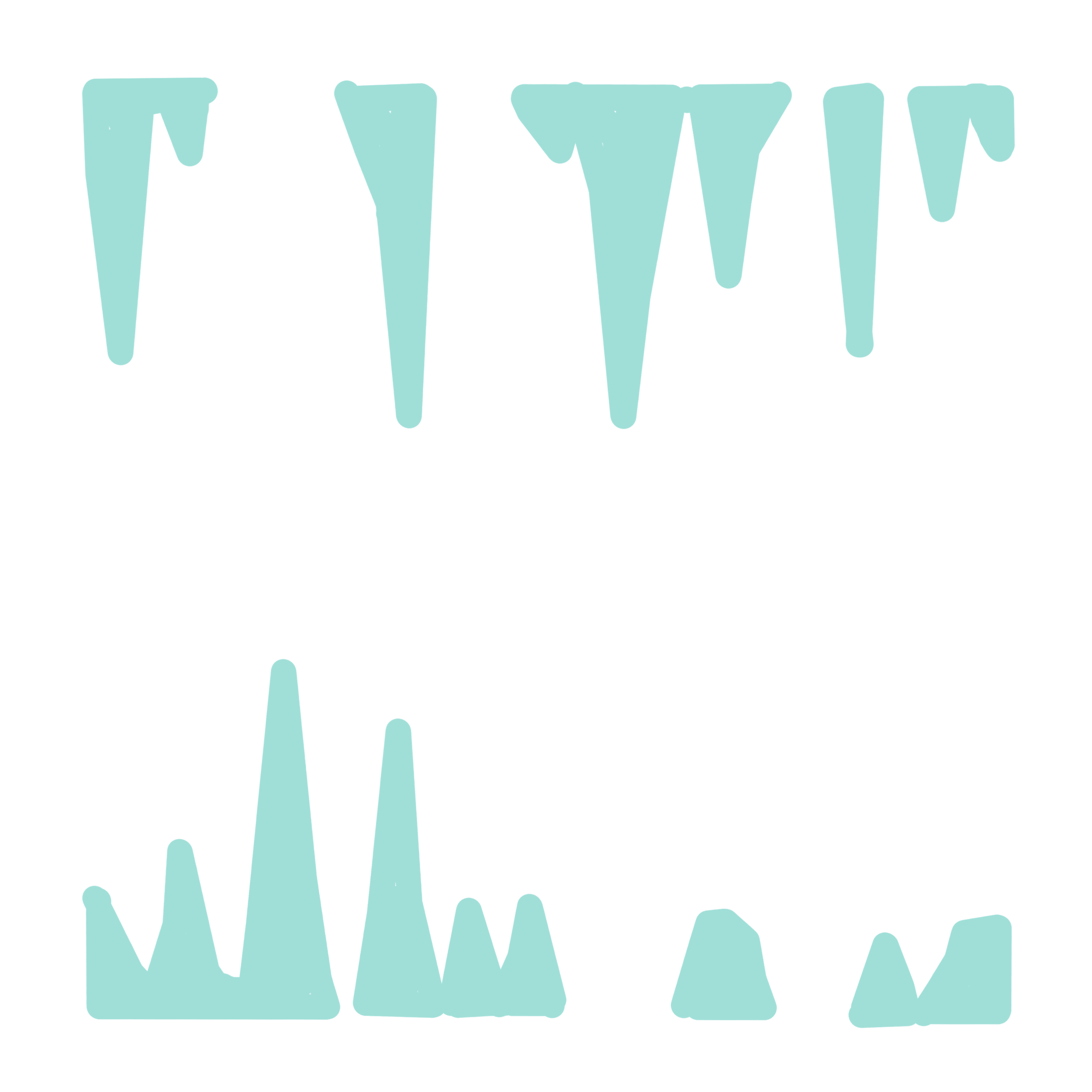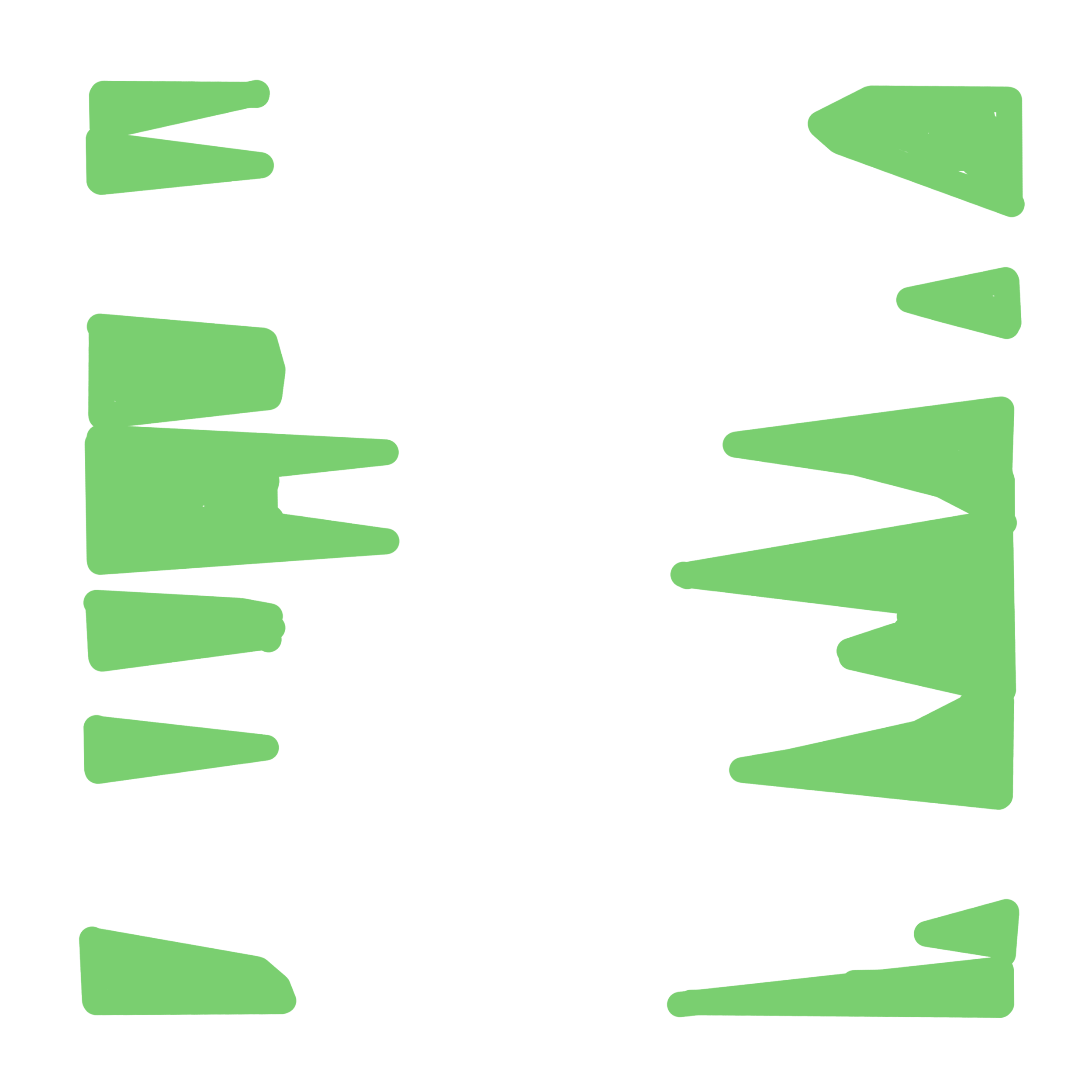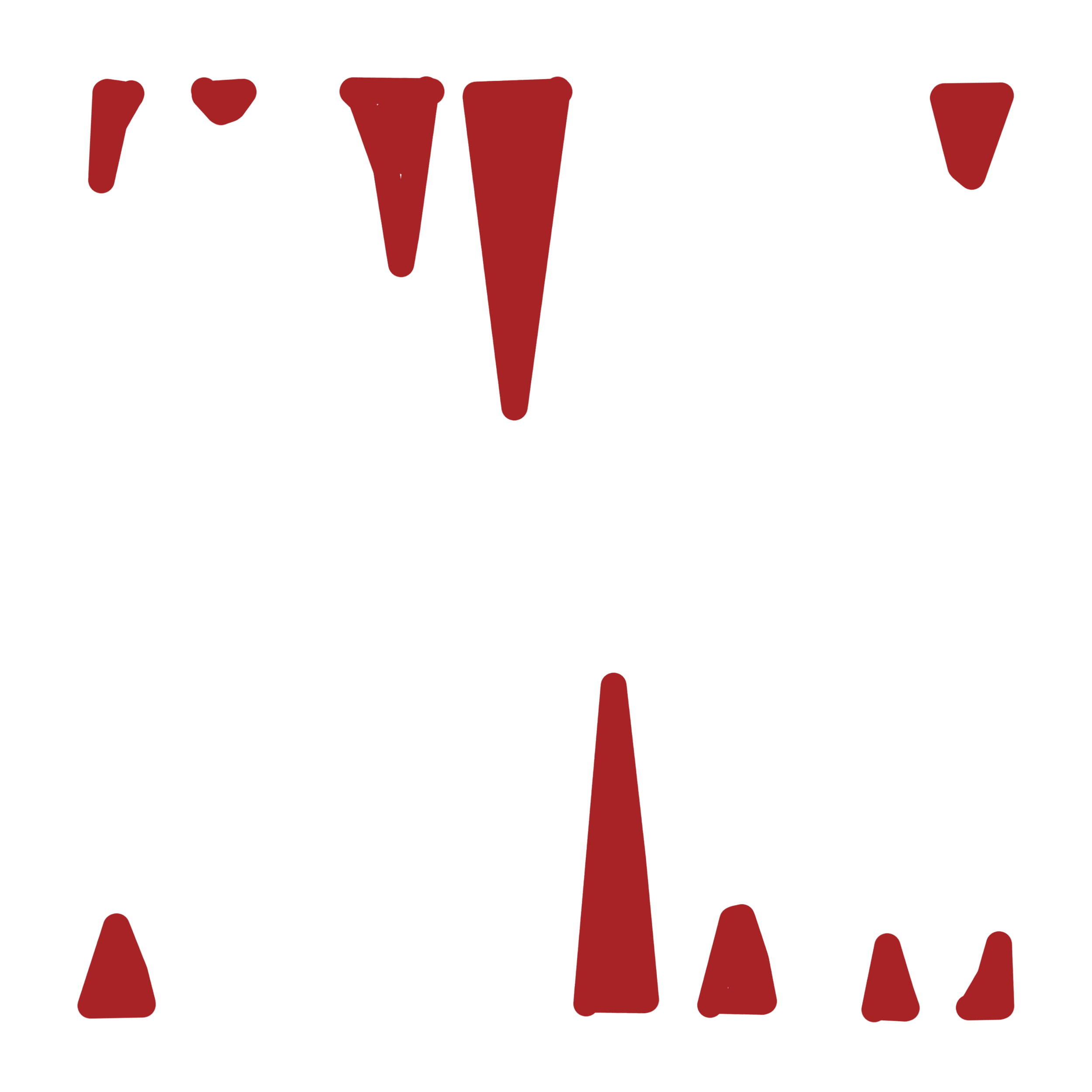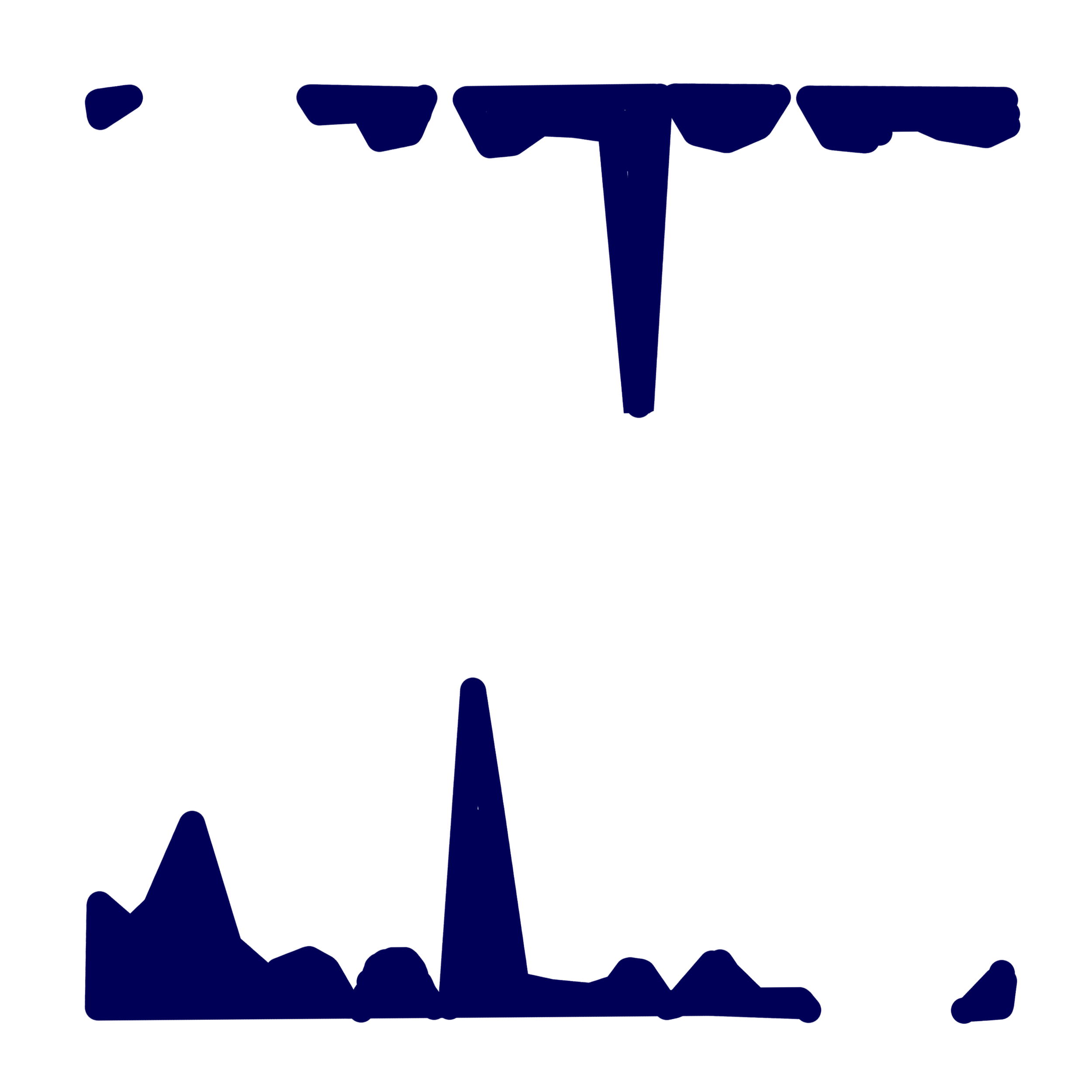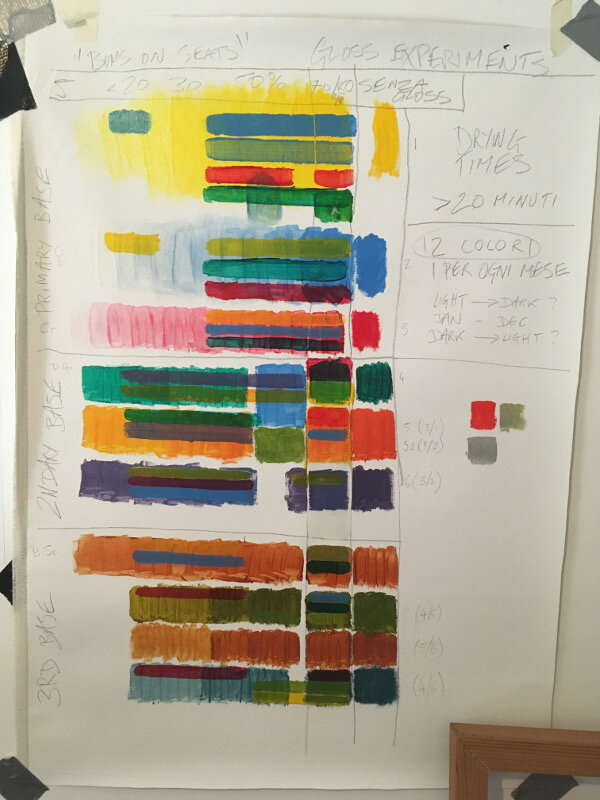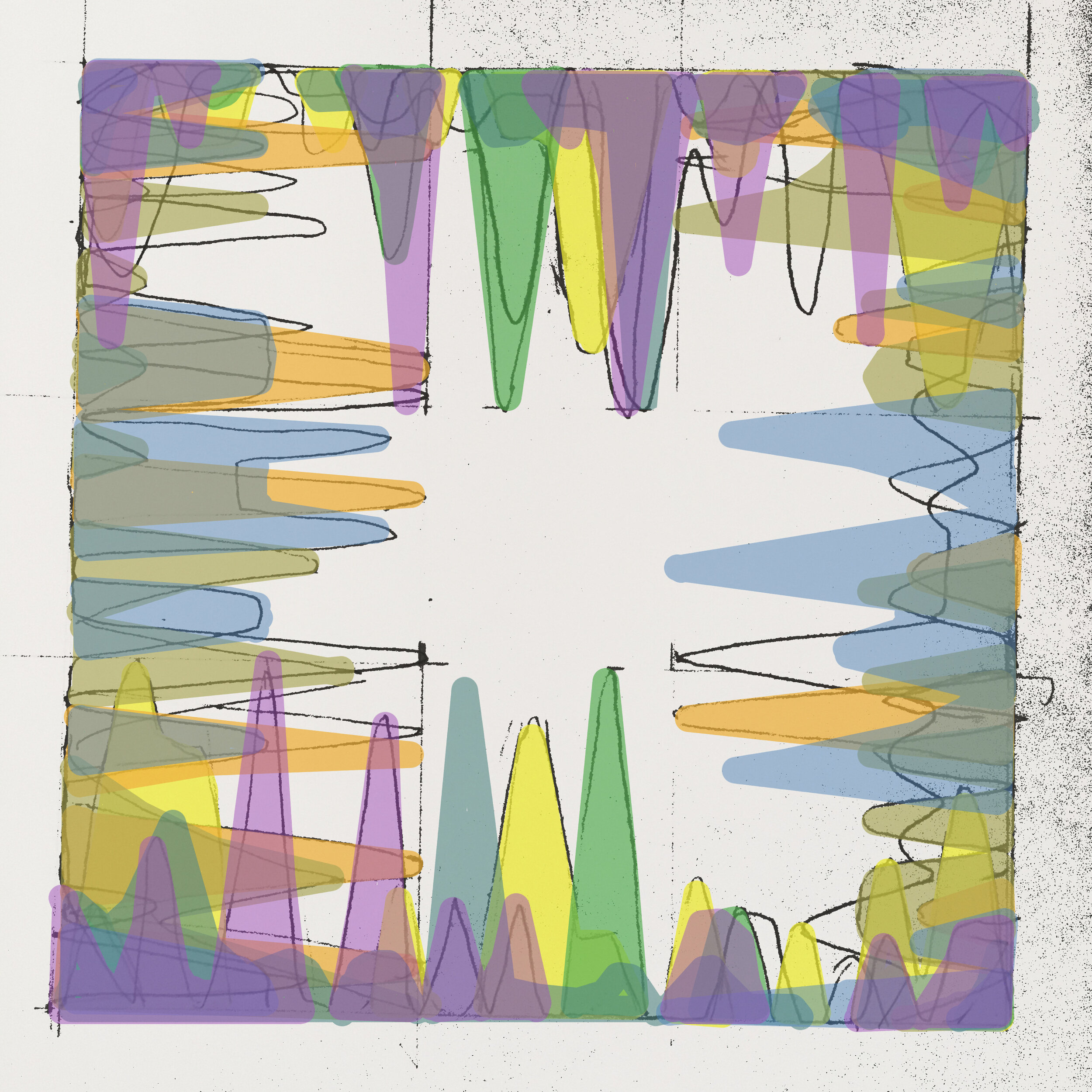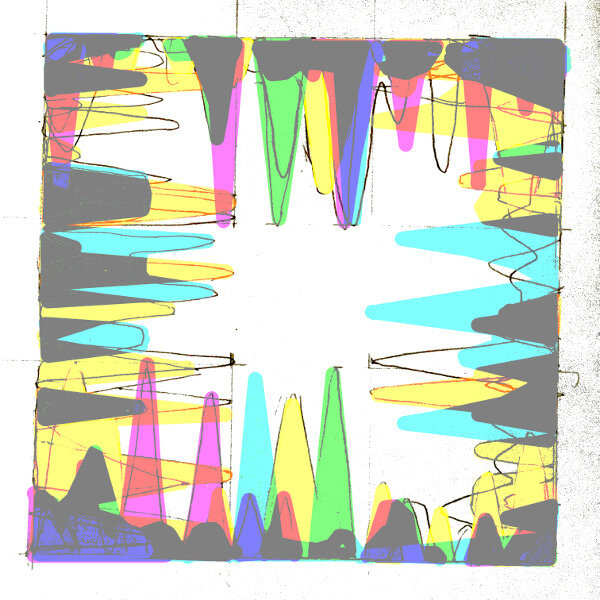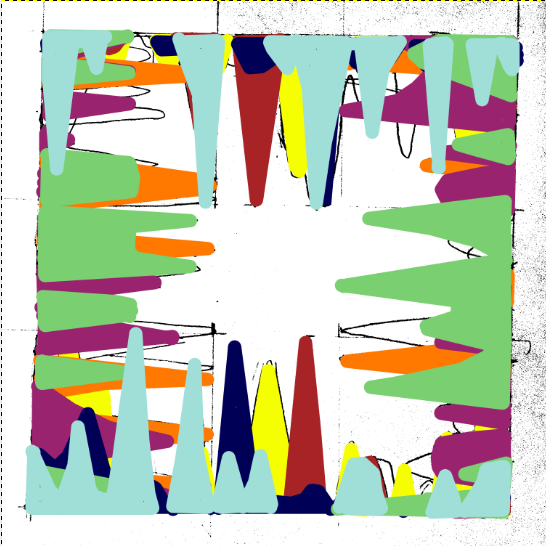September 17 - October 5 / Via Riccardo Sineo 10 / Turin
Photo gallery of the private view and accompanying critical review by Alessandro Allocco, ATB founder.
Works on show: Choice Material (2021), Bums on Seats, First Past the Post, The Dilemma, A Coincidentalist Work (2020), 14 Exposures (2018)
by Alessandro Allocco
Pure meaning, pure matter, poverty of subject, but the infinite richness of a staunch belief in the change of art.
"Collected from an exile" is the work and result of Sam Vickers’ passionate research, exhibited at the ATB Cultural Association. It is an experiment of "non-art as art" in the age of social media. A series of interactive works based on time and the choice of materials that find their raison d'etre between conceptual emptiness and material value in constant fluidity of meaning - either full or devoid of emotional value depending on whether or not it falls within a market trend (in itself devoid of phatos, sensitive only to economic logic). Sam Vickers' works visually translate the need of perceiving art as a sign of effective change through coherent concepts inspired by social media. On his crusade into "exile", the British artist renews a pictorial language with the refinement of the material provocatively transformed only by time. The works on display, both material and social, are a concrete statement of the British artist's style. Sam Vickers seeks the avant-garde in the 21st century, as many of his fellow artists did in the 20th from Fontana to Burri, through the tendency to recognize matter’s fundamental meaning - that is no longer subordinate to the image being represented, as it is the very same protagonist of the work.
Neodadaist artists such as Rauschenberg, Johns, and Nevelson or of Informal Art such as Burri, Milani, Somaini or even the Gutai group, are part of the circle of “matter” supporters but we can also find considerable interest that confirms this important artistic current in Surrealism and Futurism.
The first material paintings were made with clear provocative intentions of social denunciation: violent tears, disturbing black backgrounds or jumbles of fabric without a precise shape, but with symbols inherent to the historical context, jewels of undeniable charm that arouse curiosity and interest. "Collected from an exile" addresses a complex question - is non-art art? This concept is not new even if, in our western world today, the split between art and non-art is quite recent. There is a long history linked to the "everyday" (especially within modernist thought) in which the mundane provides that "creative charge" so typical of contemporary artistic language. Sam Vickers’ works on display support "a cultural and holistic approach, above all non-ethnocentric, in the delineation of the process of construction of the ideas, practices and institutions of the arts ..." (Larry Shiner, The invention of Art. A Cultural History 2001).
The concept of non-art as art is linked to the new and improved social conditions of our opulent West, which have stimulated new tastes and aesthetic conceptions that are actually dissimilar to the academic achievements of the past: new places in which to experience and discuss poetry, of instrumental painting or music outside their traditional social functions, physical and virtual places, material and immaterial.
Equally, the concept of non-art as art cannot disregard the history of art through which it is perceived, namely to understand what our culture considers artistic there is a variety of time, place and social strata to consider; as well underlined by Picasso, who recognized art in African and Oceanic everyday objects (for work or otherwise: ritual masks, sticks, spears) and raised them to museum object status. He was right because beyond the system of social relations that art has always generated in culture and beyond the different ways and styles of formal creativity, aesthetic dimension is always proper to every human activity.
The concept of non-art as art is a commonly experiential element that affects all social levels because, after all, being artists is a fundamental characteristic of our species, it is a need and capacity encoded into our genetic memory, it is an elementary necessity of human beings constantly looking for fulfillment, satisfaction and ease, beyond mere utility.
The habit of considering art distinct from what is not currently dominant art in the West, is spreading further into the rest of the world and collects peculiarities of one’s own life as an artist, of unique pieces, of unerring research and the authorship of wonder. All that is called art is a cosmopolitan phenomenon that globally connects not only the markets of aesthetic products, but also many (if not all) local aesthetic dimensions that are, more or less, already "contaminated" - often consciously and programmatically hybridized with non-art.
The exhibition "Collected from an exile" by Sam Vickers welcomes the two sides of art and non-art as art and treats them as complementary attitudes towards traditions and post-modernity; also making them part of a complex framework of hybridizations between local traditions, mass culture, experimentalist elitism - in an intrinsically "postnational" dynamic.








